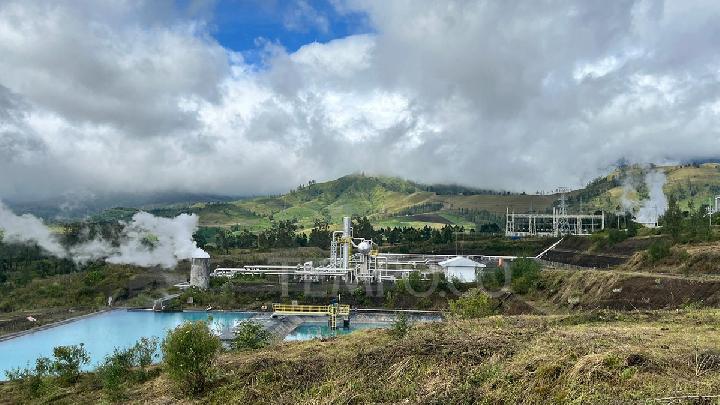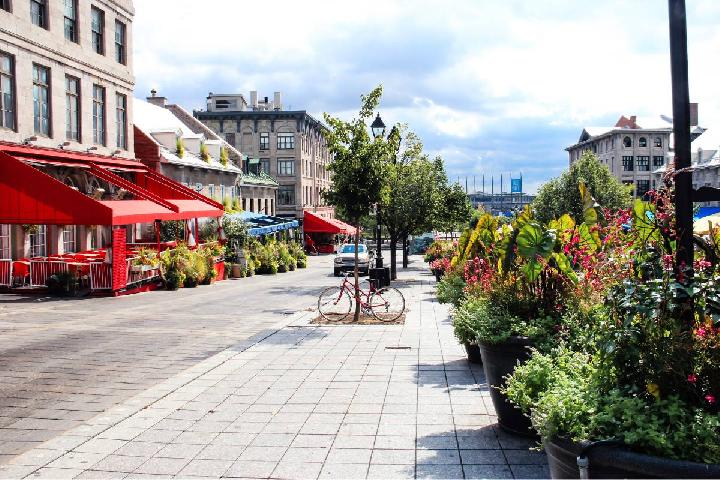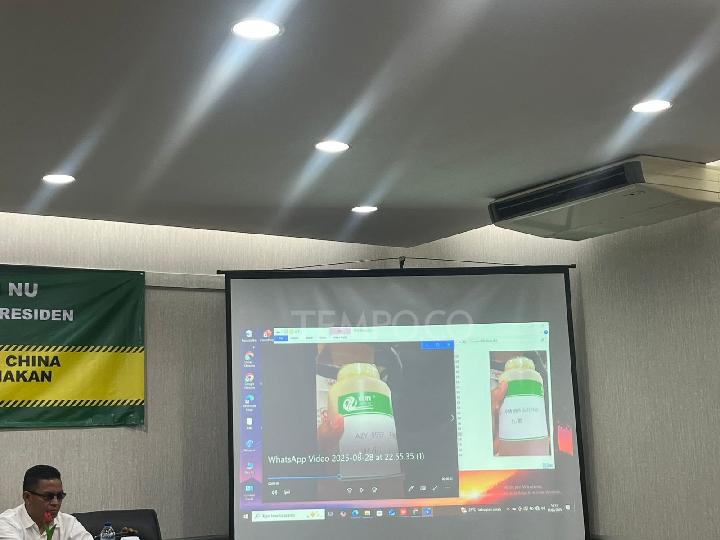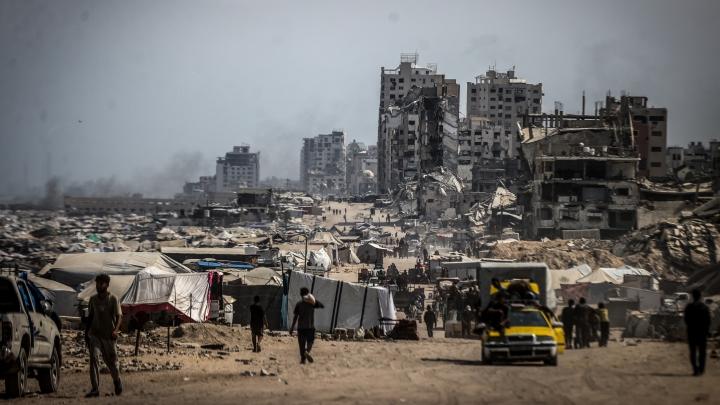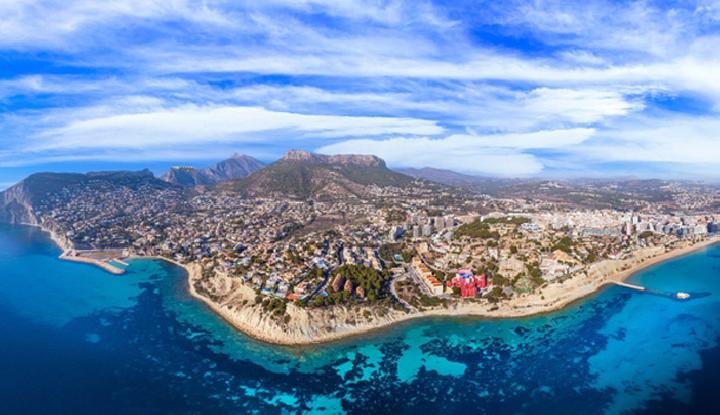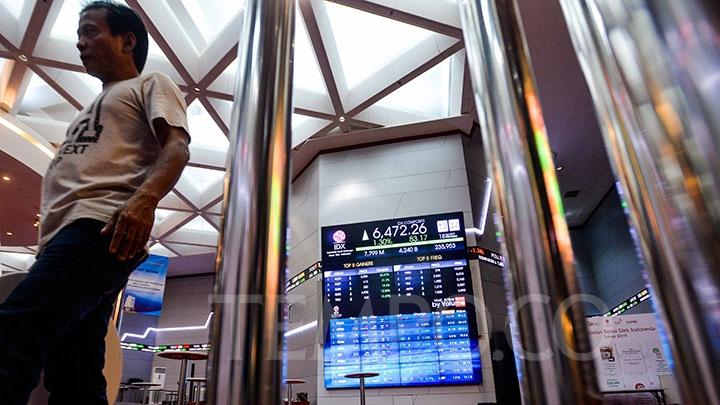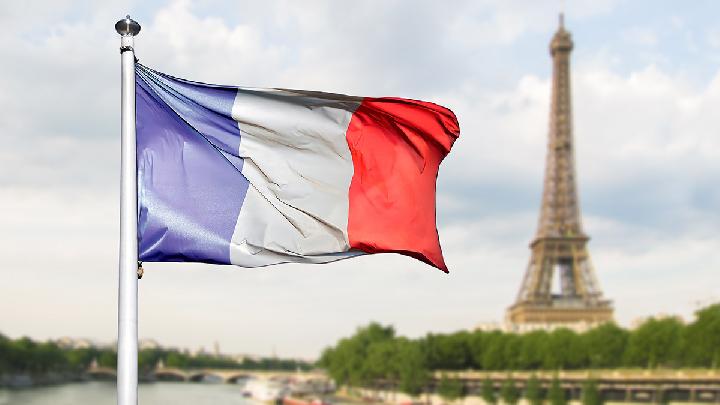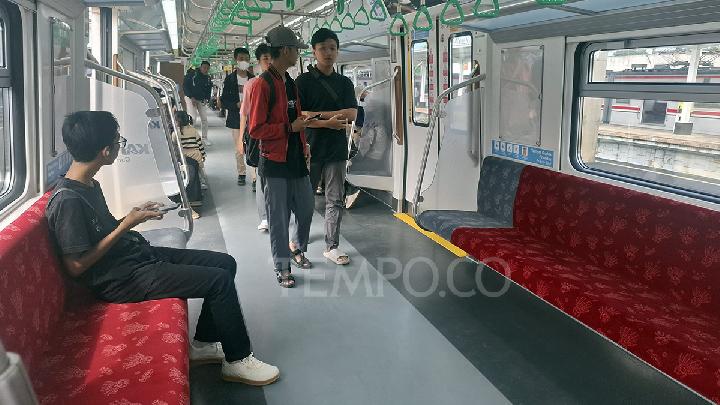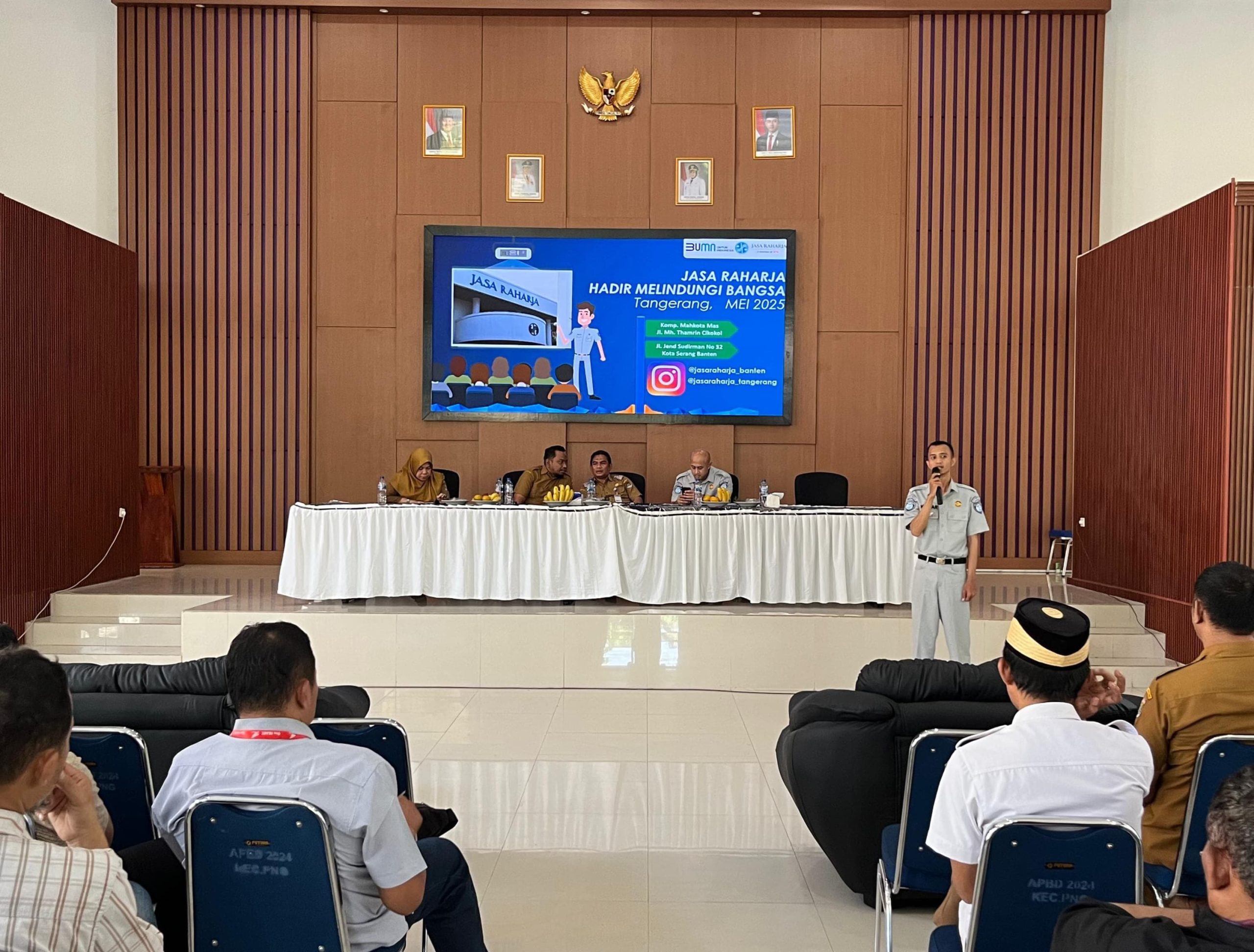By: Eirini Afentouli, ATHENA Research Center, and Phoebe Koundouri, Athens University of Economics and Business
Suburban areas are often viewed as ideal places to live, with extensive green spaces and a perception they are insulated from the typical problems of dense cities. However, that notion is increasingly questioned as environmental risks escalate. How well protected are these supposedly perfect communities against the rising impacts of climate change?
Kifissia’s green myth
The illusion of a “green suburb” becomes less convincing when measured against sustainability, accessibility, and resilience. Kifissia is a prosperous suburb in the Attica Basin, located within the wider Athens metropolitan area. Known for its lush greenery, it is considered one of Attica’s “greenest” municipalities. But, does this first impression match its actual resilience to environmental threats?
The World Health Organisation (WHO) recommends cities have 50 square metres of green space per resident, with a minimum of 9 square metres. In the Attica Basin, no municipality comes close to the ideal, or even half. Only nine out of forty municipalities meet the minimum, and Kifissia is among them, with 12 square metres of green space per resident. This is barely sufficient, and around 65 percent is located on private land, making it inaccessible to the public.
Growing urban problems
A municipality once viewed as a “model” is not immune. Kifissia also contends with common urban issues. Like other urban areas with intense commercial activity, its centre suffers from traffic congestion and rising pollution, largely caused by congested main roads and a fragmented local road network.
These divide the urban landscape, degrade the environment, and reduce residents’ quality of life. A lack of adequate parking further exacerbates the situation.
Research has shown that public transport coverage in the municipality is inconsistent. Relatively low population density makes it hard to maintain an adequate public transport system, forcing residents to rely heavily on private cars.
Under increasing strain, Kifissia’s “suburban identity” is slowly ending.
Planning for resilience
There’s an urgent need for integrated, long-term planning. Only through such a strategy can the municipality enhance its environmental performance and adapt to future risks.
Kifissia isn’t an exception; these issues are common across the Mediterranean and European cities. Each municipality needs a customised plan.
The first step is a detailed assessment, answering questions such as: “Where does the municipality currently stand? Where does it want to go—what is its vision and target for the future?” What are its weaknesses, and what essential needs must it address?”
Planning should involve mapping the functionality of the transport network – particularly public transit – and identifying both developed and undeveloped green spaces. It should also integrate areas for sport, culture and daily use within residential zones, making them more accessible.
The strategy must connect all these uses and key landmarks in the area, improving both public space functionality and human experience. At the same time, it should embed sustainable mobility principles to deliver clean, reliable, and inclusive transport.
Addressing localised needs
Establishing a long-term vision is equally important. Each municipality should have strategic goals and identify opportunities for sustainable growth. Subsequent planning must focus on a smaller scale, focusing on Urban Planning Units. This involves identifying specific spatial and functional issues.
The problems that emerge at this scale are more specific and include, among others, matters such as circulation planning. It is important to pinpoint areas with many traffic accidents, dangerous intersections and junctions, and the sections with inadequate, poorly designed or no pedestrian infrastructure at all. Addressing these issues enables targeted improvements to safety, functionality, and environmental quality.
For instance, an area prioritises vulnerable road users, such as children and pedestrians, by converting roads into low-speed zones and pedestrian-friendly shared streets (Woonerf), especially around schools or parks.
Neglected green areas can be given clear purposes, such as playgrounds and sports areas, while their connection is strengthened through an integrated network of walking and cycling paths.
A sense of belonging
Every municipal strategy should include a detailed design at the neighbourhood level. This scale has the greatest impact on the residents, making citizen participation essential in the planning process.
This strengthens the ‘sense of belonging’, as public spaces reflect the community’s values and needs, encouraging involvement. Through this process, urban regeneration and the quality of life are significantly improved.
Integrating Green and Blue Infrastructure elements plays a vital role. This includes tree lines, stormwater management systems (bioswales), artificial wetlands, or even the creation of a large themed park.
This stage also involves the selection of materials. It is important to follow sustainability principles, focusing on those that use less energy and need less frequent maintenance. Finally, urban equipment such as rest areas and street lighting are addressed.
Building resilience
Applying Green and Blue Infrastructure elements at different design scales is essential to redefine the environmental aspect of cities and strengthen their resilience to future challenges. Science shows even a single tree can help reduce the effects of heat. Therefore, a comprehensive strategy addressing various planning scales can respond effectively to address today’s urban challenges.
All these solutions must adapt to the specific needs of each urban centre for maximum effectiveness. This includes both the threats posed by climate change and the area’s physical, geographical, and urban planning characteristics. The role of urban and spatial planning is crucial in putting mitigation and adaptation strategies into practice.
A multi-level effort
Urban societies must now acquire the tools and skills to endure and flourish amid the uncertainties of climate change. This requires collaboration across different fields, the identification of best practices, and engaging with experts from various scientific disciplines.
Implementing these approaches yields positive social impacts, boosts economic development, and improves public health. It significantly improves the health of our cities, and our quality of life.
Originally published under Creative Commons by 360info™.
*) DISCLAIMER
Articles published in the “Your Views & Stories” section of en.tempo.co website are personal opinions written by third parties, and cannot be related or attributed to en.tempo.co’s official stance.





